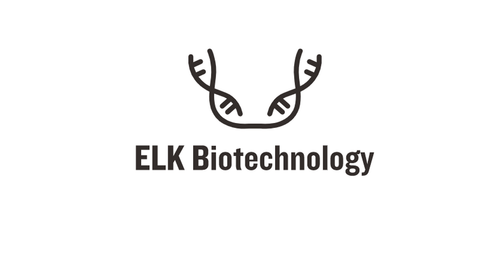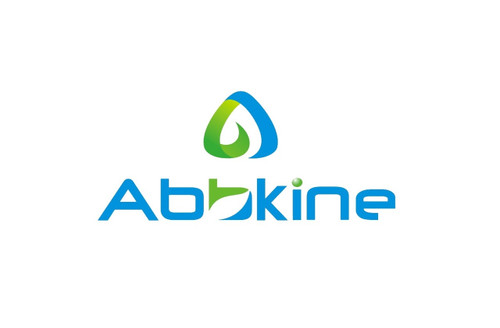Product Description
Human A Disintegrin And Metalloprotease 15 (ADAM15) ELISA Kit | AE23771HU | Abebio
Species Reactivity: Human (Homo sapiens)
Abbreviation: ADAM15
Alternative Name: RP11-540D14.1; MDC15; a disintegrin and metalloproteinase domain 15|a disintegrin and metalloproteinase domain 15 (metargidin) |metalloprotease RGD disintegrin protein|metalloproteinase-like; disinte
Application: ELISA
Range: 0.156-10 ng/mL
Sensitivity: 0.054 ng/mL
Intra-Assay: ≤6.3%
Inter-Assay: ≤9.5%
Recovery: 1, 06
Sample Type: Serum, Plasma, Other biological fluids
Detection Method: Sandwich
Analysis Method : Quantitive
Test Principale: This assay employs a two-site sandwich ELISA to quantitate ADAM15 in samples. An antibody specific for ADAM15 has been pre-coated onto a microplate. Standards and samples are pipetted into the wells and anyADAM15 present is bound by the immobilized antibody. After removing any unbound substances, a biotin-conjugated antibody specific for ADAM15 is added to the wells. After washing, Streptavidin conjugated Horseradish Peroxidase (HRP) is added to the wells. Following a wash to remove any unbound avidin-enzyme reagent, a substrate solution is added to the wells and color develops in proportion to the amount of ADAM15 bound in the initial step. The color development is stopped and the intensity of the color is measured.
Product Overview: The protein encoded by this gene is a member of the ADAM (a disintegrin and metalloproteinase) protein family. ADAM family members are type I transmembrane glycoproteins known to be involved in cell adhesion and proteolytic ectodomain processing of cytokines and adhesion molecules. ADAM15 contains multiple functional domains including a zinc-binding metalloprotease domain, a disintegrin-like domain, as well as an EGF-like domain. Through its disintegrin-like domain, this protein specifically interacts with the integrin beta chain, beta 3. It also interacts with Src family protein-tyrosine kinases in a phosphorylation-dependent manner, suggesting that this protein may function in cell-cell adhesion as well as in cellular signaling. Multiple alternatively spliced transcript variants encoding distinct isoforms have been observed.
Stability: The stability of ELISA kit is determined by the loss rate of activity. The loss rate of this kit is less than 5% within the expiration date under appropriate storage condition. The loss rate was determined by accelerated thermal degradation test. Keep the kit at 37°C for 4 and 7 days, and compare O.D.values of the kit kept at 37°C with that of at recommended temperature. (referring from China Biological Products Standard, which was calculated by the Arrhenius equation. For ELISA kit, 4 days storage at 37°C can be considered as 6 months at 2 - 8°C, which means 7 days at 37°C equaling 12 months at 2 - 8°C) .
 Euro
Euro
 USD
USD
 British Pound
British Pound
 NULL
NULL












